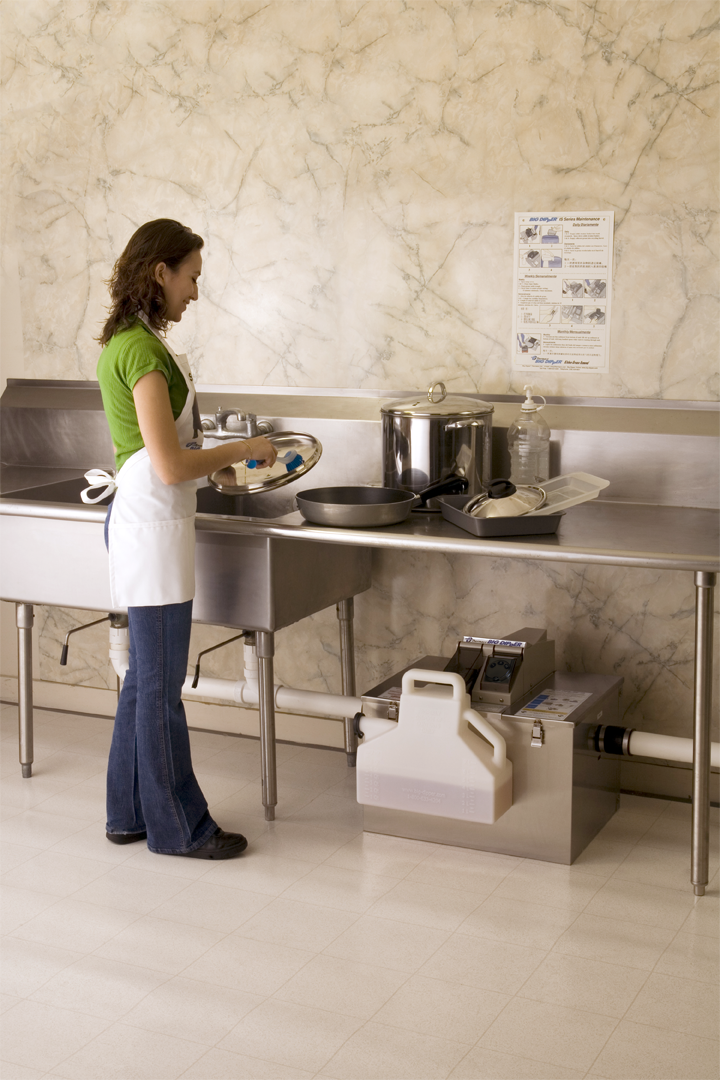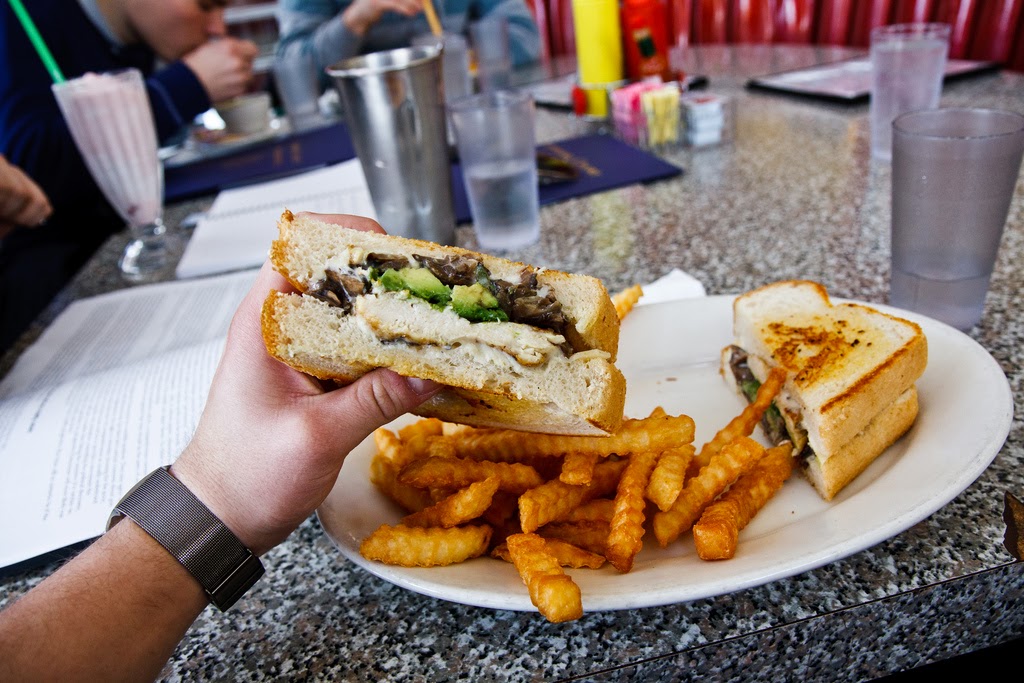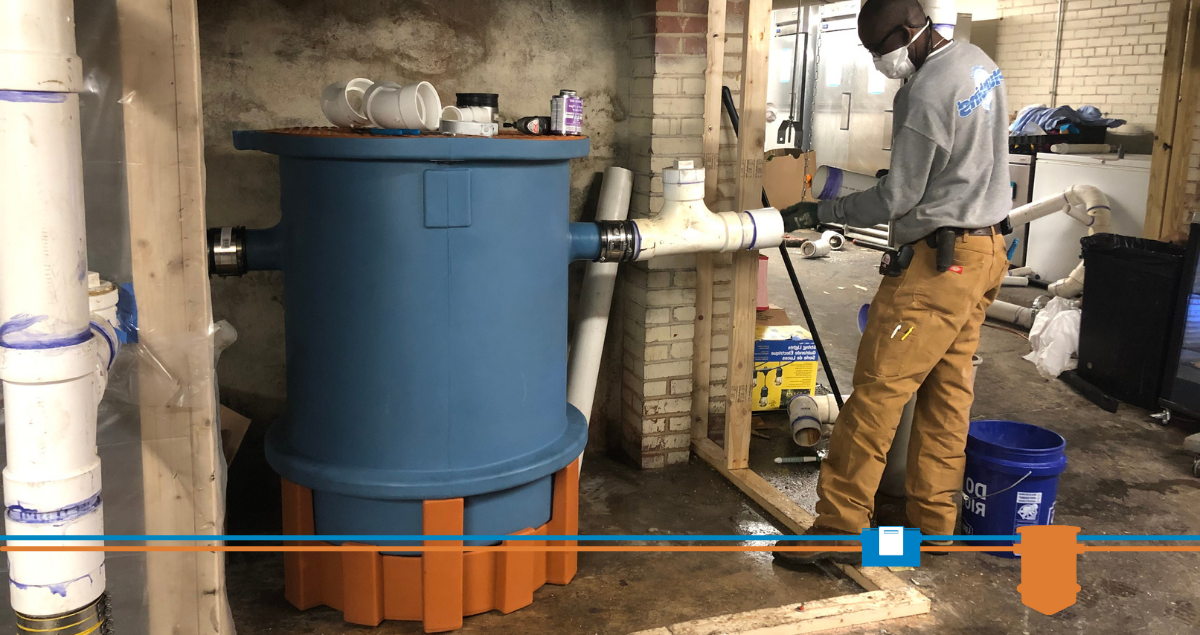5 Tools for an effective pretreatment program
- Jun 18, 2015

Noncompliance with pretreatment regulations creates serious problems, both for the violator and for the wastewater system operator.
While ordinances, fines and consistent enforcement are essential, they are not sufficient for effective pretreatment. After all, the goal of a pretreatment program is to maintain water quality, reduce the load on water treatment plants and minimize sewer system maintenance costs.
The best way to achieve those goals is to prevent pretreatment ordinance violations in the first place.
Here are five key tools that every effective pretreatment program should have. Combined, these elements can reduce the enforcement burden while also maintaining a cleaner, more efficient wastewater treatment system.

 It’s not very often that wastewater system workers are hailed as heroes in the headlines around the world. But in August 2013, that’s what happened.
It’s not very often that wastewater system workers are hailed as heroes in the headlines around the world. But in August 2013, that’s what happened. If you own a restaurant or other business within the foodservice industry, chances are good you’re already using some sort of grease interceptor. If not, sooner or later you’ll likely face clogged pipes, back-ups into your kitchen and costly fines.
If you own a restaurant or other business within the foodservice industry, chances are good you’re already using some sort of grease interceptor. If not, sooner or later you’ll likely face clogged pipes, back-ups into your kitchen and costly fines. Picture a commercial kitchen during peak rush -- the staff hurriedly prepares food while wait staff bustles in to retrieve orders and bring in stacks of dirty dishes, all in the presence of hot ovens, slippery floors and boiling pots.
Picture a commercial kitchen during peak rush -- the staff hurriedly prepares food while wait staff bustles in to retrieve orders and bring in stacks of dirty dishes, all in the presence of hot ovens, slippery floors and boiling pots.  Dr. A. Robert “Bob" Rubin is an emeritus professor and former extension specialist in the Department of Biological and Agricultural Engineering at North Carolina State University. He spent more than a quarter century there doing research, teaching and public service. He’s testified before Congress, spoken to international meetings of researchers and policy experts and been honored by the U.S. Environmental Protection Agency for his service. He was kind enough to talk to us about the changes he’s seen in the last 30-plus years in wastewater treatment and what he expects in the coming years.
Dr. A. Robert “Bob" Rubin is an emeritus professor and former extension specialist in the Department of Biological and Agricultural Engineering at North Carolina State University. He spent more than a quarter century there doing research, teaching and public service. He’s testified before Congress, spoken to international meetings of researchers and policy experts and been honored by the U.S. Environmental Protection Agency for his service. He was kind enough to talk to us about the changes he’s seen in the last 30-plus years in wastewater treatment and what he expects in the coming years. Changing demographics and lifestyles are producing greater strains on water treatment systems and could threaten water quality. Surprised? It’s true. And we’re not just talking about the strain of a growing population.
Changing demographics and lifestyles are producing greater strains on water treatment systems and could threaten water quality. Surprised? It’s true. And we’re not just talking about the strain of a growing population.




